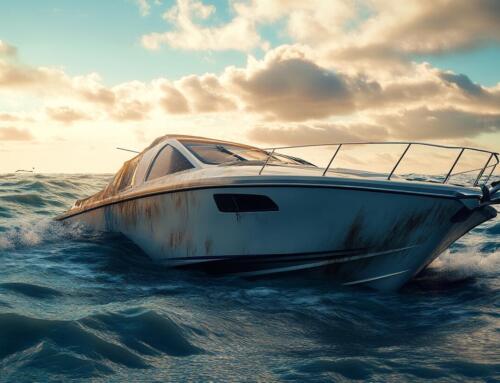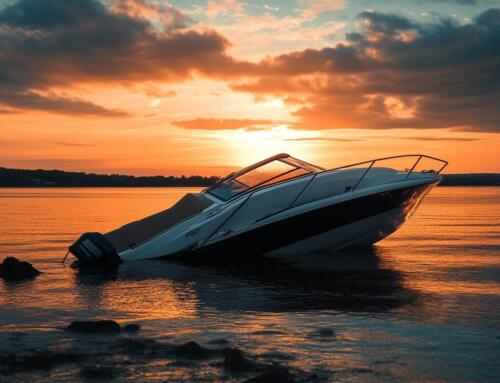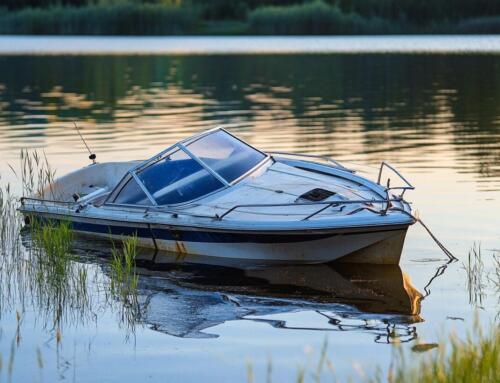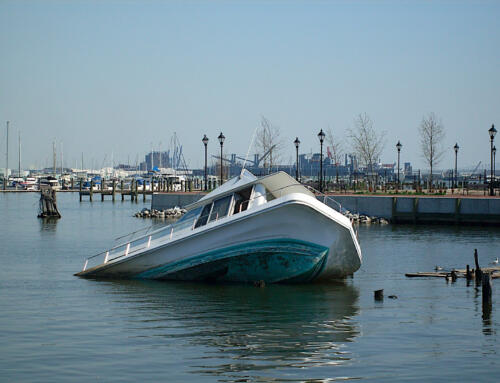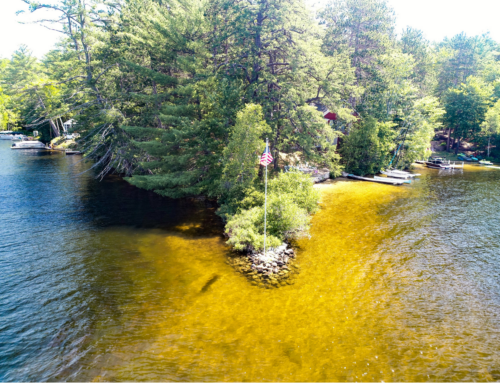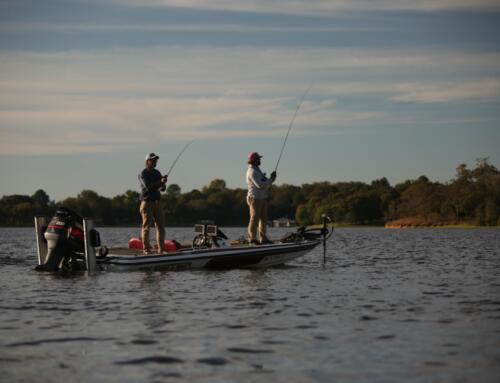Boating is a beloved pastime in Minnesota, but accidents can happen. If you’ve been injured in a boating accident, understanding the steps to file a personal injury claim is crucial. This guide will walk you through the process, ensuring you know what to do to protect your rights.
Understanding Personal Injury Claims
A personal injury claim is a legal process through which you seek compensation for injuries caused by another party’s negligence. In the context of a boating accident, this could be due to reckless operation, lack of safety equipment, or even mechanical failure.
Common Causes of Boat Accidents
- Operator inattention
- Excessive speed
- Alcohol use
- Equipment failure
- Weather conditions
Knowing the cause of the accident can help establish fault, which is essential for a successful claim.
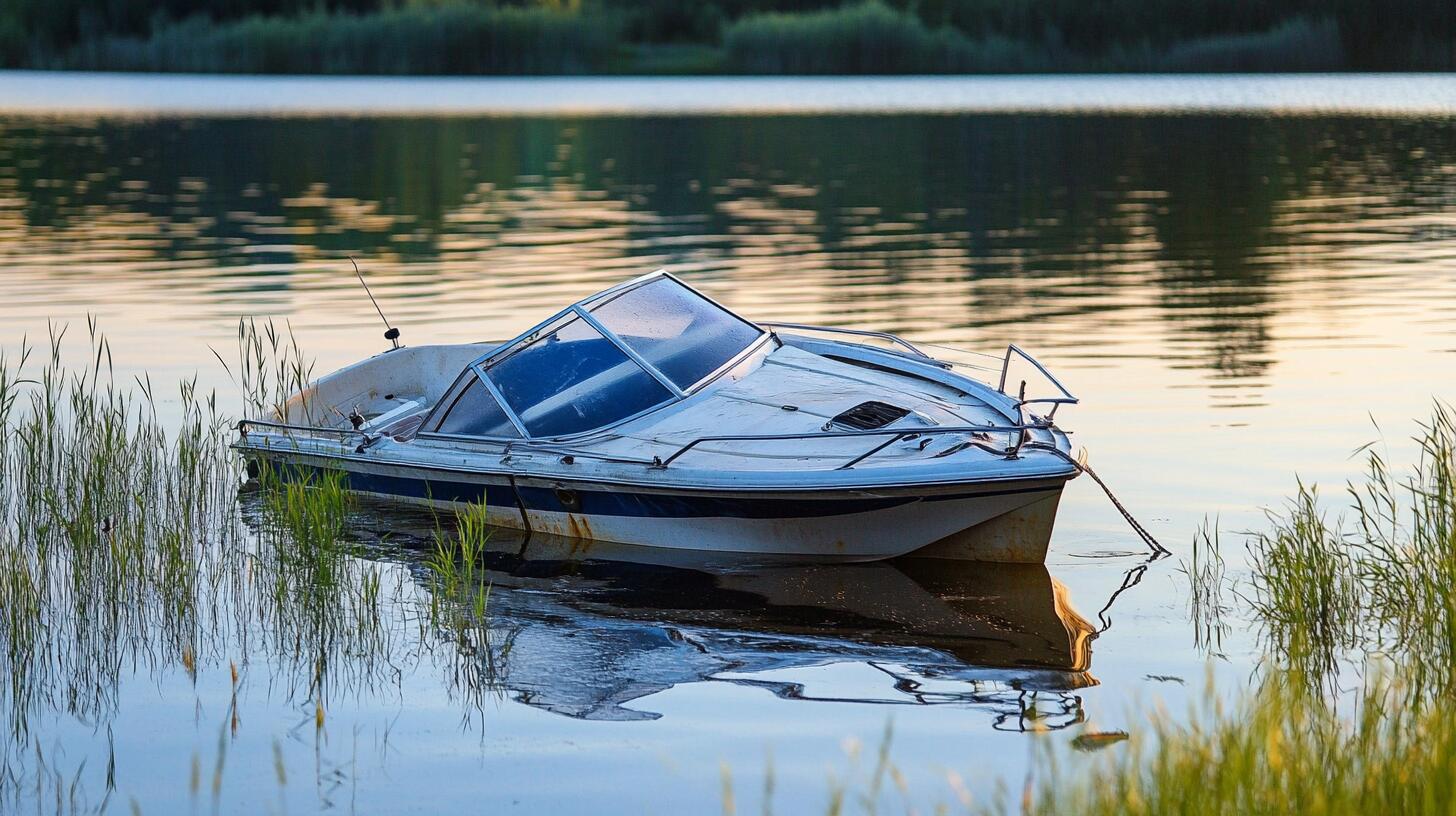
Steps to Take Immediately After the Accident
Ensure Safety and Seek Medical Attention
The first and most important step is to ensure the safety of everyone involved. If anyone is injured, call for medical help immediately. Even if injuries seem minor, it’s important to get checked out by a healthcare professional. Some injuries might not be immediately apparent.
Report the Accident
In Minnesota, you are required to report a boating accident to the local authorities if it results in injury, death, or significant property damage. This report can be crucial evidence in your personal injury claim.
Collect Evidence
Gathering evidence is a key part of building a strong personal injury case. Take photos of the accident scene, the boat, any visible injuries, and anything else that might be relevant. Collect contact information from witnesses and other parties involved in the accident.
Filing the Personal Injury Claim
Contact a Boat Accident Attorney
One of the first steps in filing a personal injury claim after a boat accident is to contact an experienced boat accident attorney. They can guide you through the process, help gather evidence, and represent you in negotiations or court if necessary.
Why You Need an Attorney
- Expertise in Minnesota personal injury law
- Experience with boat accident claims
- Ability to negotiate with insurance companies
- Representation in court if needed
Document Your Injuries and Expenses
Keep detailed records of your medical treatments, medications, and any other expenses related to your injury. This includes hospital bills, physical therapy, and even transportation costs to and from medical appointments.
File a Claim with the Insurance Company
Your attorney will help you file a claim with the at-fault party’s insurance company. This claim should include all your documented injuries and expenses, as well as any other damages you are seeking, such as pain and suffering or lost wages.
Negotiating a Settlement
The insurance company may offer a settlement, but it’s often less than what you deserve. Your attorney will negotiate on your behalf to get a fair settlement. If an agreement can’t be reached, you may need to take your case to court.

Survivorship bill was signed by Governor Tim Walz to become law.
Understanding Minnesota Personal Injury Laws
Statute of Limitations
In Minnesota, you have two years from the date of the accident to file a personal injury lawsuit. It’s crucial to act quickly to ensure you don’t miss this deadline.
Comparative Negligence
Minnesota follows a comparative negligence rule, meaning that if you are found to be partially at fault for the accident, your compensation will be reduced by your percentage of fault. For example, if you are 20% at fault and awarded $100,000, you would receive $80,000.
Types of Compensation
- Medical Expenses: Covers all medical treatments related to the injury.
- Lost Wages: Compensation for income lost due to the injury.
- Pain and Suffering: Compensation for physical and emotional distress.
- Property Damage: Covers repair or replacement of damaged property.
Common Challenges in Personal Injury Claims
Proving Negligence
One of the biggest challenges is proving that the other party was negligent. Your attorney will need to show that the other party had a duty to ensure safety, breached that duty, and caused the accident as a result.
Dealing with Insurance Companies
Insurance companies often try to minimize payouts. They may argue that your injuries aren’t as severe as claimed or that you were at fault. Having an attorney can help counter these tactics.
Collecting Evidence
Evidence can be lost or become less reliable over time. Acting quickly to gather and preserve evidence can make a significant difference in the outcome of your claim.
Conclusion
Filing a personal injury claim after a boat accident in Minnesota can be a complex process, but understanding the steps involved can make it more manageable. From ensuring safety and seeking medical attention to gathering evidence and contacting an attorney, each step is crucial in protecting your rights and securing the compensation you deserve. Remember, the sooner you act, the better your chances of a successful claim.
By following this guide, you can navigate the legal waters of a personal injury claim with confidence and focus on your recovery.
Contact Minnesota’s Top Boat Accident Lawyers
If you’ve been involved in a boating accident and need skilled in legal guidance, don’t hesitate to reach out. Contact 612-Injured, Minnesota’s top boat accident lawyers, for a consultation. Our dedicated team understands the complexities of personal injury claims and will work tirelessly to ensure your rights are protected, and you receive the compensation you deserve. Let us help you navigate your recovery and secure your future—call us today!



